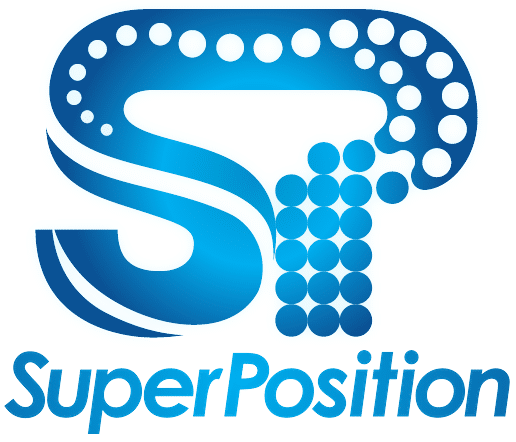OmniSkins were developed by Rebecca Kramer-Bottiglio, assistant professor of Mechanical Engineering & Materials Science, and her associates at Yale University. The project was primarily funded by a research grant from NASA. Comprised of soft elastic sheets with moving actuators and sensors on one side, the robotic skins are designed to be reusable and modular for maximum versatility.
In contrast to traditional robots that are designed for a single use, OmniSkins’ diversity of use could come in especially handy in space where the skin could be adapted to a changing environment. They are small and lightweight, can be stored flat during transport, and then repurposed in a multiplicity of ways.
“Given the design-on-the-fly nature of this approach, it’s unlikely that a robot created using robotic skins will perform any one task optimally,” Kramer-Bottiglio says. “However, the goal is not optimization, but rather diversity of applications.”
Electronic ‘Skin’ Creates Robots From Ordinary Objects
Kramer-Bottiglio states that “We can take the skins and wrap them around one object to perform a task—locomotion, for example—and then take them off and put them on a different object to perform a different task, such as grasping and moving an object. We can then take those same skins off that object and put them on a shirt to make an active wearable device.”
Freaky Robotic Skin Brings Inanimate Objects to Life
“They can be applied to, removed from, and transferred between various host objects, so we can use the same hardware over and over again to generate many different configurations with many different functions,” Kramer-Bottiglio says. “The robotic skins are modular, like Legos. They can be combined, separated, and re-combined in different patterns.”
Nick Lunn, writer for National Geographic, says in his article that “The team’s new device was actually inspired by a robotic lander NASA already uses called the Super Ball Bot, which is composed of what’s called a tensegrity structure, or something that shifts from being really tough and hard to break to super flexible. In this exercise, they put triangular skins on each of its 20 faces, which allowed them to make a previously inanimate geometric object roll around.”
It’s exciting when scientists are inspired to think about technology in new ways and are given the freedom to explore and try new approaches to solve problems. This is the type of creativity that we need to encourage and support in all scientific fields.
Reality Changing Observations:
1. Why is it important for NASA to fund research that explores and develops new technologies?
2. How could everyday soft objects (like clothing) be repurposed using Omniskins to serve multiple functions?
3. What would OmniSkins designed in a 3D printer look like and what uses could they have?





